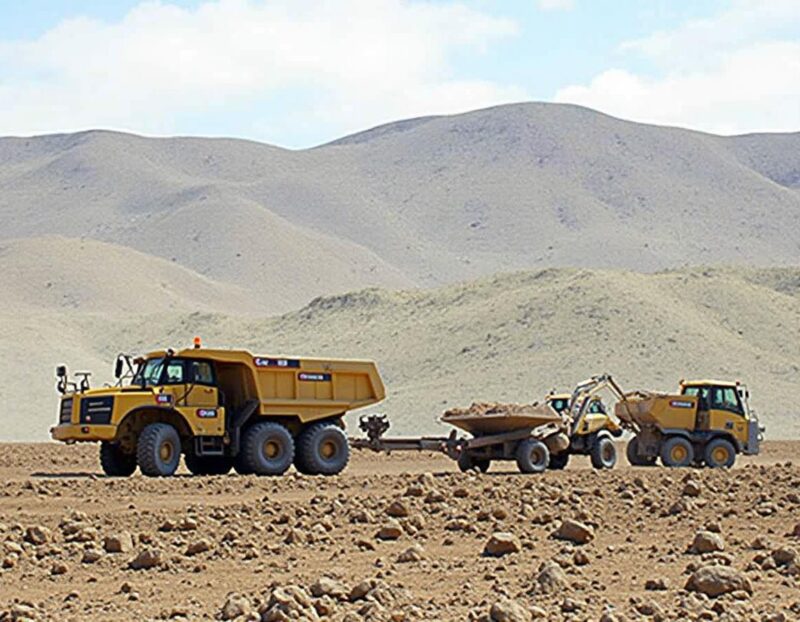Maximus Resources (ASX: $MXR) commences 8500n paleochannel drilling program
- Author: Stock Piper

Maximus Resources (ASX:MXR) commences 8500n paleochannel drilling program
Maximus Resources Limited (ASX:MXR) has commenced a ~3,000m Reverse Circulation (RC) drill program at the 8500N Paleochannel (8500N) in Western Australia. The program aims to target shallow high-grade mineralisation and improve geological confidence of the paleochannel while testing for potential mineralisation extension in the saprolite zone beneath the paleochannel. The 8500N Paleochannel represents a low-cost, low-risk production opportunity due to its shallow high-grade gold mineralisation and free-digging qualities of the mineralised paleo gravels and overburden material.
Executive Commentary on 8500n Paleochannel Drilling Program
The commencement of the ~3,000m Reverse Circulation (RC) drill program at the 8500N Paleochannel marks an important step for Maximus Resources. This program is designed to enhance our understanding of the shallow paleochannel and potentially expand the previously defined mineralised zone. The proximity of the 8500N Paleochannel to established deposits within the Lefroy Paleodrainage System highlights the prospectivity of the region. We are optimistic about the potential for significant expansion of the mineralised zone based on recent drilling results, and we look forward to the full assay results anticipated in the coming weeks.
Summary of 8500n Paleochannel Drilling Program
Maximus Resources (ASX:MXR) has initiated a ~3,000m Reverse Circulation (RC) drill program at the 8500N Paleochannel, targeting shallow high-grade mineralisation. The program aims to improve geological confidence of the paleochannel and test for potential mineralisation extension in the saprolite zone beneath the paleochannel. The company's primary focus remains on near-term gold production, and it is preparing a Passive Seismic survey to map the lateral extent of the paleochannel system. The commencement of this drill program signifies Maximus' commitment to unlocking the value of its projects and delivering long-term benefits to its stakeholders.


